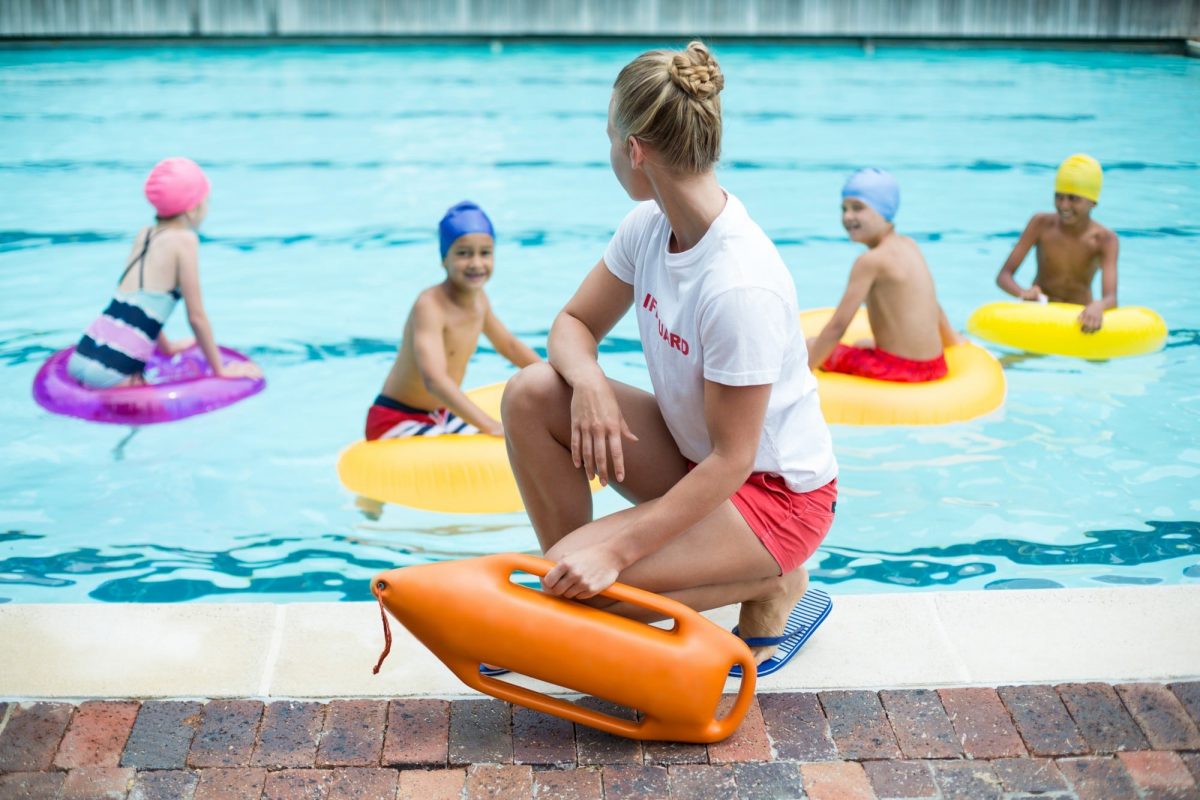Whether for fun or sport, swimming can be an ideal activity. Swimming in open water is a great way to have fun while also improving your physical and mental health, especially in open water, where you can get a closer look at nature.
However, swimming in open water comes with its own set of risks that you should be aware of. Remember that there are several risk factors and possible dangers associated with open water swimming that you don’t have to deal with in pools. Knowing the potential dangers in open water and how to avoid them should be a priority to prevent untoward accidents and injuries.
If you plan on going open water swimming anytime soon, here are some important safety precautions to remember.
1. Take Swimming Lessons
Learning the fundamentals of swimming is an important aspect before trying the sport, whether in a pool or open water.
Being able to swim can be one of the crucial skills a person needs to know, especially for survival. If you want to be ready to face the water, it’s best to learn the essentials by enrolling in a reputable swim school to ensure a good start.
2. Assess The Water’s Quality And Potential Dangers
Depending on where you plan to swim, it’s important to check the quality of the water to avoid potential health issues such as infections, parasites, and bacteria, to name a few. It would be best to research the water quality at the beach, river, or pond before swimming on it.
If the water quality is questionable, consider using protective devices such as goggles, earplugs, or nose plugs for safety. Another thing to remember is to avoid swimming if you have wounds or after heavy rain in the area. Also, avoid ingesting the water.
In addition, after swimming in open water, make sure to shower and thoroughly wash your hands before handling food.
Aside from water quality, there are also potential hazards and wildlife present in the open waters. Regardless of the body of water where you’ll go swimming, expect debris, seaweed, and an array of creatures, depending on your location. Make it a priority to be on the lookout for these potential hazards. Check online to see if sharks or jellyfish are a concern in the location where you plan to go swimming.
3. Prepare For Any Situation That May Arise
In any activity, especially outdoors, it’s crucial to be ready for emergencies that necessitate timely action since some can be dangerous in open water, such as cramps, fatigue, heat exhaustion, or heart-related conditions.
Although it’s impossible to foresee an emergency, being ready if one occurs can help save a life. If you plan on engaging in open water swimming soon, consider investing in proper swim gear such as an emergency flotation device or a whistle. In an emergency, stay calm while deciding what to do next.
4. Maintain Good Visibility
When swimming in open water, it’s important to stay visible. Remember that boats and other swimmers aren’t likely to see someone swimming from their point of view. With this in mind, you should wear a brightly coloured suit or equipment, such as your cap or buoy attachment, to make yourself visible in the water.
While on the water, you should also be cautious by pausing to inspect your surroundings now and then if there are boats nearby, especially if you’re in an area where boats and other watercraft are common.
5. Avoid Swimming If You’re Intoxicated Or At Night
Being intoxicated and swimming at nighttime should be avoided at all costs. Nighttime swimming, especially in open water, can be dangerous due to poor visibility. If you’re unfamiliar with the location, you’re more likely to get lost and overlook any risks or hazards.
The combination of drinking alcohol and swimming is one of the common causes of drowning cases. The best solution is to only swim once you’re sober during the day.
6. Know The Potential Danger Of Rip Currents And Riptides
If you’re swimming in open water, especially on the beach, you should be wary of rip currents and rip tides. It’s critical to know how these currents work and what needs to be done if you’re unlucky enough to end up in one while swimming.
A rip current is a narrow movement of water that sweeps out from the beach. The stream normally occurs in surf zones, reaching up to 10-20 feet wide.
Riptides are strong currents that develop as the tide pulls water from an inlet. A small stretch of dangerous, choppy water appears as the tide recedes and interacts with the sea waves.
The best way to avoid these dangerous water currents is to observe from the seaside and only swim close to the shoreline. If you end up in a rip current or riptide, you can escape by swimming parallel to the current’s direction. Instead of panicking, signal a lifeguard for assistance and swim parallel to the shore.
Final Thoughts
Swimming in open water can be an exciting experience, but you should be well aware of the potential risks of the activity. By considering these safety pointers, you’ll enjoy a day of swimming while staying safe at the same time.








